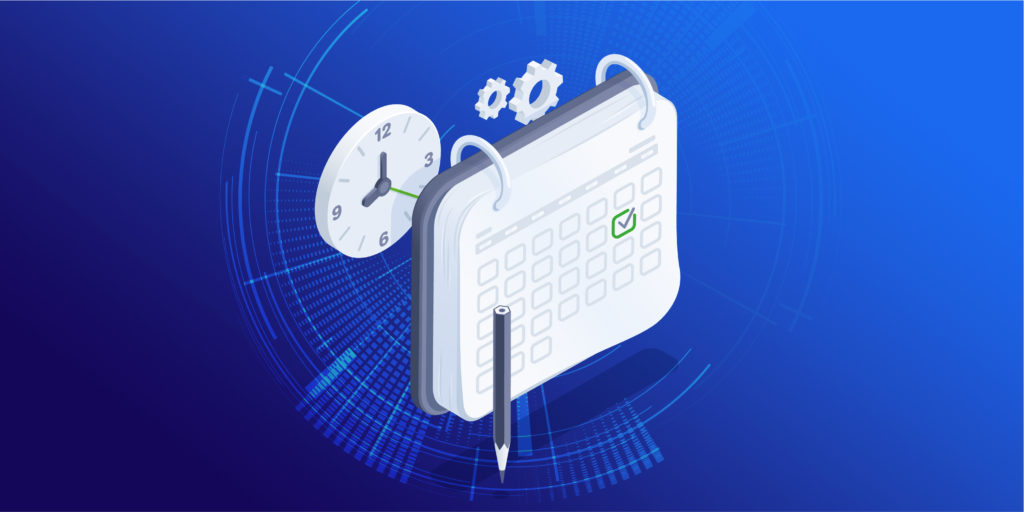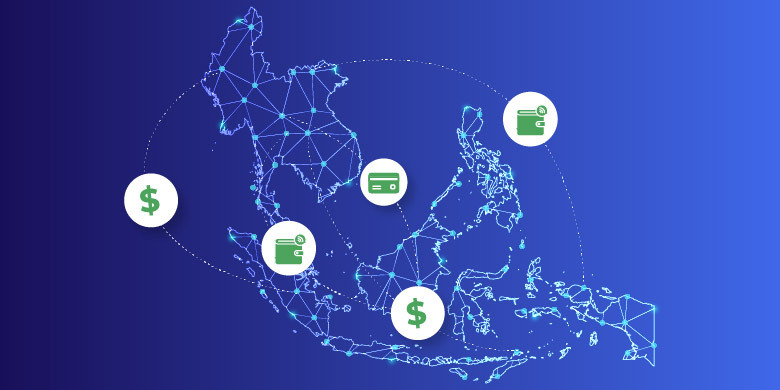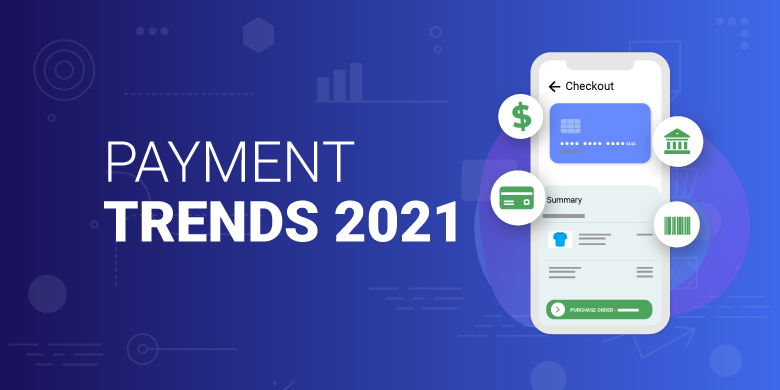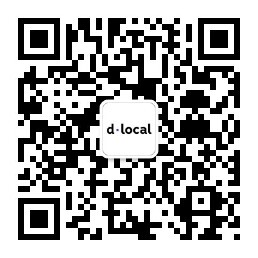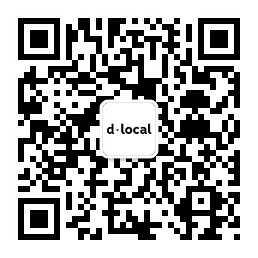Morocco Making Its Mark in Ecommerce
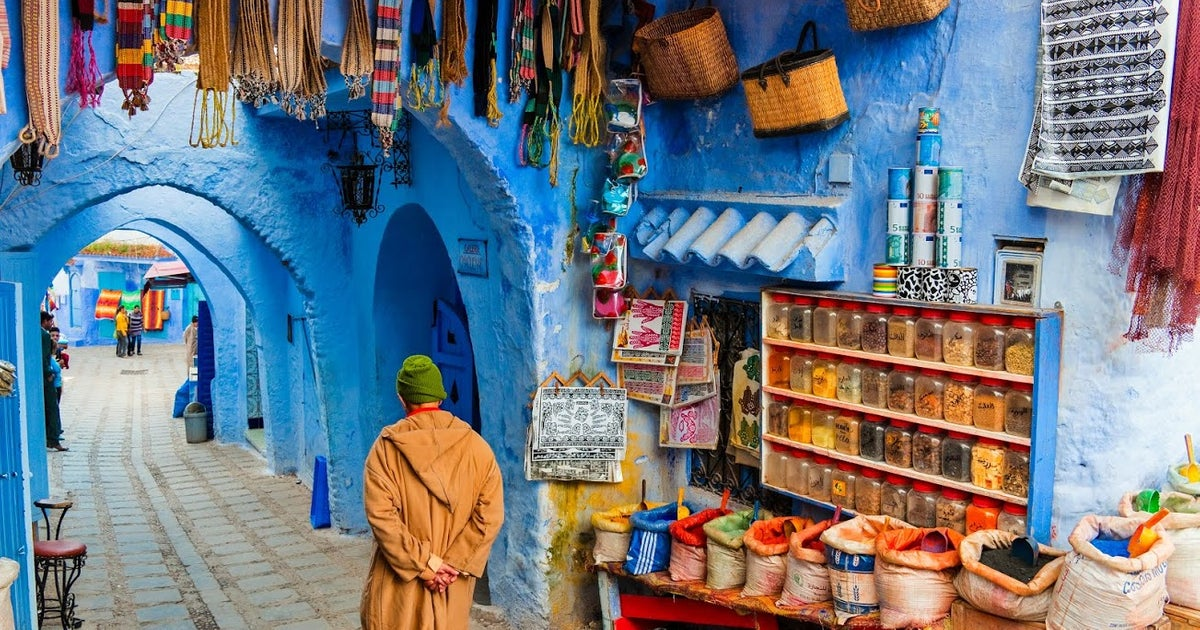
As one of the most compelling business backdrops for global investment activity across all of Africa, Morocco has been making its ascent on the global stage. This is due in part to the country’s role as the main commercial hub on the continent, located on the Strait of Gibraltar’s southern shore. But it also speaks to the country’s progress around corporate governance, the ongoing diversification of its economy, investments in infrastructure, and steady growth in commerce.
While momentum in Morocco’s economy is clearly building, other factors should appeal to global brands and ecommerce companies – namely the opportunity to be a first mover in a market largely untouched by foreign competition.
Payments Paradox
To a certain degree, the slow uptake for retailers online traces back to central role of souks in Moroccan society, as the omnipresent marketplaces across Marrakech, Casablanca, and Tangier date back over 2,000 years. This is also why trust is so critical in a country where shoppers are accustomed to holding and scrutinizing goods and then haggling with vendors before making a purchase. Traditional retail, as a result, generates less than 30% of ecommerce activity in Morocco.
While this dynamic creates a barrier to entry for retailers, the rich tradition and cultural history of Morocco’s ancient imperial cities fuels tourism, a major component to the country’s ecommerce growth.
One of Morocco’s distinguishing features – at least compared to other emerging market economies – is that over 50% of the population have bank accounts. The catch is that nearly three quarters, or 74%, of ecommerce payments take the form of cash. The rest of mix is comprised of domestic credit cards, representing 15%, with international credit cards (5%), debit cards (3%), digital wallets (2%), and bank transfers (1%) each grabbing just a sliver of the balance.
Building Trust
Across the broader ecommerce ecosystem, the different constituencies are doing their part to stimulate the conversion from cash to other payment options. Among the retailers and consumer companies, the bigger players have been proactive in their efforts. Jumia, for instance, frequently offers discounts to encourage the use of digital wallets or credit and debit cards, while both Procter & Gamble and Carrefour have pursued similar promotions in the country.
The government has also sought to modernize its financial infrastructure. While Morocco has traditionally been behind the payments curve, in 2015 its central bank expanded on its definition of what constitutes a “payment institution”. The updated classification now allows non-bank providers and fintechs to offer digital wallets. In 2016, the government unveiled the “Digital 2020” initiative to position Morocco as a digital hub in French-speaking Africa. And earlier in 2019, Morocco unveiled a reform program to address social and economic inclusion, with approximately USD 700 million in funding from the World Bank.
As consumers begin to trust the local payments landscape, commerce typically follows, which underscores the opportunity for global brands. The key before building market share, however, is to build trust. This represents another component to the first-mover advantage, at least in Morocco.
This is a summary of an article that appeared in The Paypers on September 25. Click here to read the full piece.





